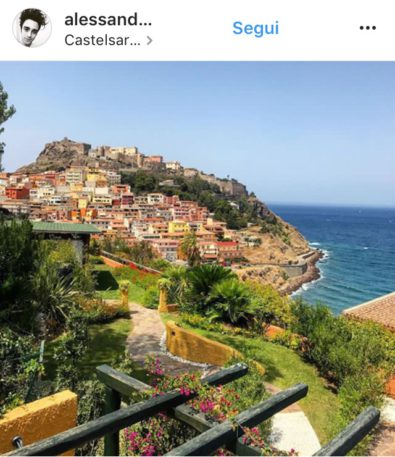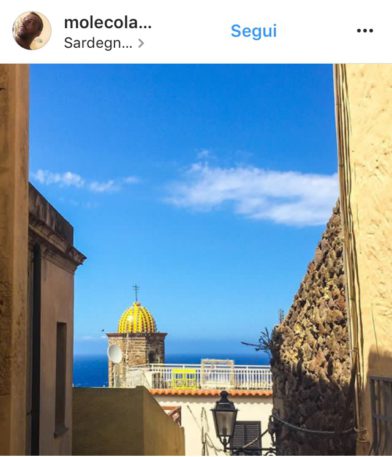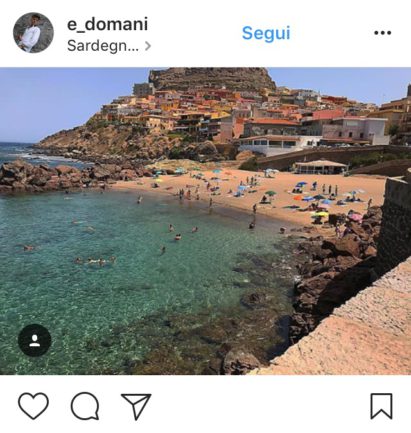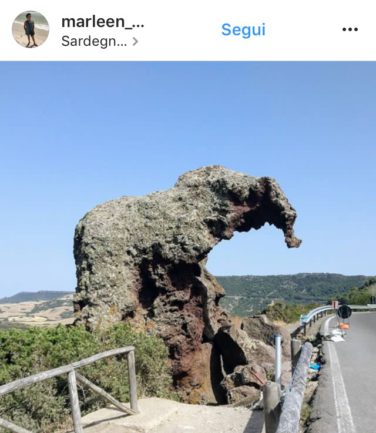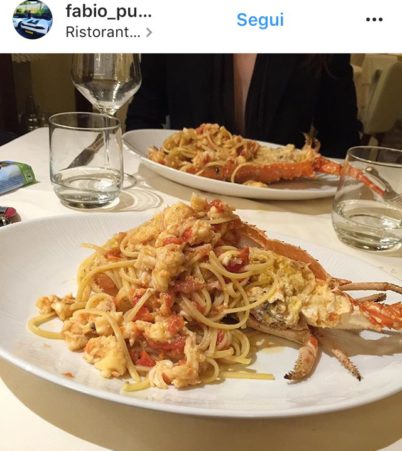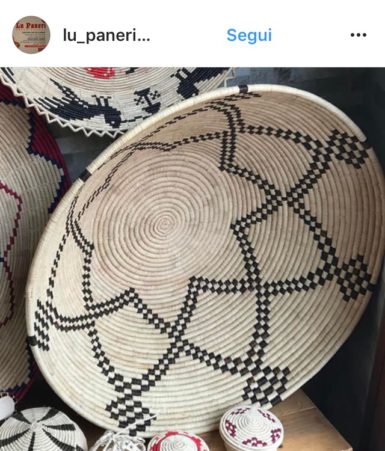Instaborghi: Castelsardo, Italy. Lobsters, baskets and medieval stories
READ ME IN  Italiano
Italiano
«In the Gulf of Asinara, Castelsardo is a medieval fortress perfectly preserved, contemptuous of centuries and as resilient as the Sardinian soul»
Fly me to Castelsardo, would have sung Frank Sinatra if he had known this little wonder of colors in the province of Sassari. Instaborghi takes you there this week (click here if you missed the last episode).
Castelsardo, Casteddu Sardu for friends (tourist site), is a perfectly preserved medieval village and nestled in the Gulf of Asinara: its advantageous geographical position has favored its maintenance, preserving it from attacks over the centuries. Founded with the fanciful name of Castelgenovese by the Genoese, it then became Castellaragonese under the domination, obviously, of the Aragonese Spaniards. Freed from the conquerors, the village proudly took its present name.
The strategic position of Castelsardo offers a magnificent panorama that goes from Corsica to Asinara, and once inside the walls of the village you get lost in a moment between the alleys, the smells and the sounds of this place, which already in the dialect recalls the influences of Ligurians, Spaniards and Corsicans over time. The modern village develops all near the medieval fortress, with small colored buildings that look towards the sea, of that color that only in Sardinia you can see.
What to see in Castelsardo, Italy
The medieval citadel, or Casteddu, is a labyrinth of narrow streets of the ancient village, from which one can enjoy the best views. The Castello Doria, fortress of the 12th century, is currently home to the Museum of Mediterranean interweaving, which tells the craft history of the area, a true center of documentation on the intertwining techniques of the plant fibers of the area, used to make beautiful baskets and sieves. The Cathedral of Sant’Antonio Abate, patron saint of Castelsardo, is a church of 1500 already recognizable from the sea, with its dome in colored majolica, and is home to one of the most precious retable of Sardinia, by the Master of Castelsardo, fabulous example of Flemish figurative language, through the mixed use of tempera and oil on board. The church also houses the Black Christ, the oldest crucifix of Sardinia and the Museum of the Master of Castelsardo, containing silver, votive offerings and ancient liturgical objects.
What to do in Castelsardo, Italy
The village is immersed in an archaeological-botanical park, within which you can visit some ancient megalithic and nuragic sites, a must see. Just outside, on the main road, is the elephant rock, the most famous of Sardinia, a rocky agglomerate eroded by time that has taken on the curious shape of a pachyderm. A few kilometers from the village are the Baths of Casteldoria, sulphurous waters particularly suitable for joint and respiratory diseases. A few kilometers further on, you will come across the remains of the Tergu Abbey, the Montecassino Sarda, the most precious example of Romanesque-Pisan flowery in Sardinia.
What to eat in Castelsardo, Italy
Lobsters as if there were no tomorrow, the castellanese (which includes lobster eggs), all’aragonese (boiled and seasoned with hard-boiled eggs and aromas), with spaghetti: 1000 versions for the queen of the Sardinian table.
A little curiosity about Castelsardo, Italy
In Castelsardo, for generations that go back centuries ago, the dwarf palm continues to be woven into baskets that now constitute the real local treasure, a tradition handed down from mother to daughter, unique in its kind. Fishermen, on the other hand, build the traps, conical baskets used for lobster fishing. The Castelsardo Holy week (here is more information) is characterized by ancient rituals that culminate in the Holy Monday procession, when the representation of the passion and death of Christ is renewed, identical. This has been the case since over half a millennium.
Carolina Attanasio
READ ME IN  Italiano
Italiano



